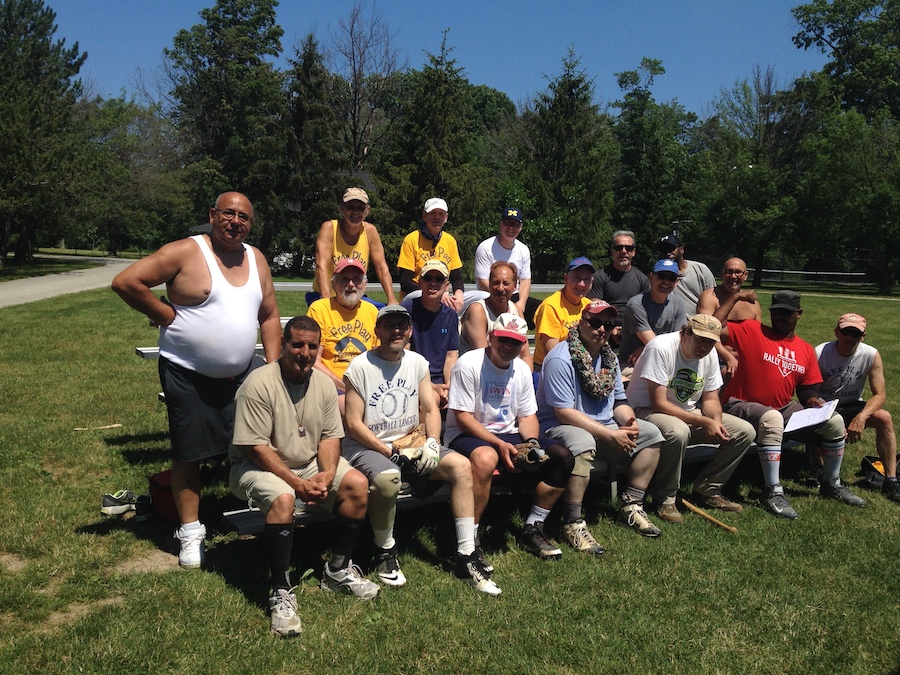They, the Free Play assembly, refers to me as ‘Cap’ or Commish, and, it was Kolb who dubbed me the ‘handicapper.’ I’ve been making the Sunday morning line-up out since the season of 2004. As I have had occasion to remind people, the handicapping task goes along with a leadership task I obtained in 2004 by also taking over the on and off season care of the equipment.
For my own part, I consider myself additionally to be the one who fulfills the roles, variously and often situationally deployed, of peacemaker, group therapist, herald, dictator, pastoral counselor, and parent.
Most of the players take me completely for granted. This is okay simply because I am also in the role of researcher, and this is best done under the radar. This season I have asked for help and so Free Play Softball has implemented a council of elders.
Last Sunday I became upset. It happens. Sometimes handicapper is confused with the projection of being a fixer or the softball equal of a button man. In truth, I attempt to forge a close game, and better than half the time I am successful. Other times what I term principal dynamic factors have their negative way, and these help make the outliers of the Bell Curve. These factors reflect one well known truism and another statistical nuance. The truism is that the team that fields the ball better gains a substantial advantage. Almost all the runs in our games are unearned. Players tend to overrate their fielding ability, yet, as handicapper, almost everybody is inconsistent, and is rated as such.
The other factor is that the better hitters regress to the mean more dynamically than the mediocre hitters. The hitter who hits three out of four with power falls farther on a hitless day than a hitter who hits 2 out of 4 and rarely hits for an extra base. This is to state a nuance of performance that cannot be anticipated before it happens: the handful of excellent hitters are sometimes inconsistent, and when a good hitter has a bad day, this regression hurts the team’s chances more than the milder regression of the more often encountered underperformance of the mediocre hitter.
My handicapping theory is to spread out the fielding and the good hitters. This is my theory of equity–as a handicapper.
Oh yeah I became upset when one of my elder colleagues suggested I had favored my team with faster players. This perception was incorrect, but, when the criticism was accompanied by the player’s sense that I had concocted a probable rout, I became sharply angry for a moment. Tell me what you do not like about my line-up making, but don’t imply I am purposely undermining equity. The games are decided on the field.
Anyway, the purportedly slower team won in a rout driven by, yup, several great hitter’s off day at the plate on the losing team. I have made out the line-up for over 300 games. Roughly 70% have been decided by 4 runs or less.

